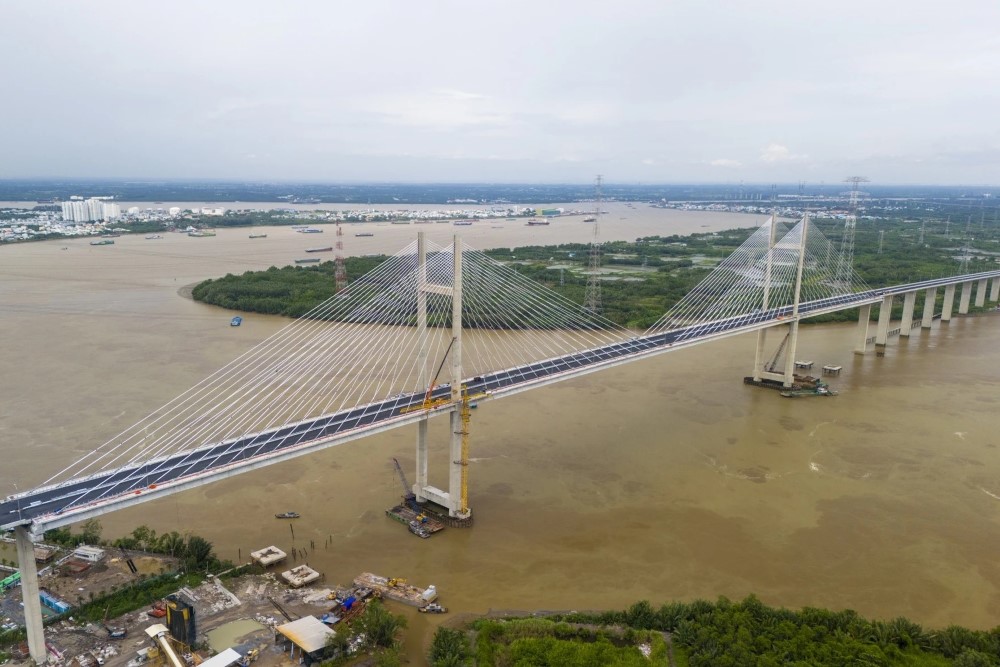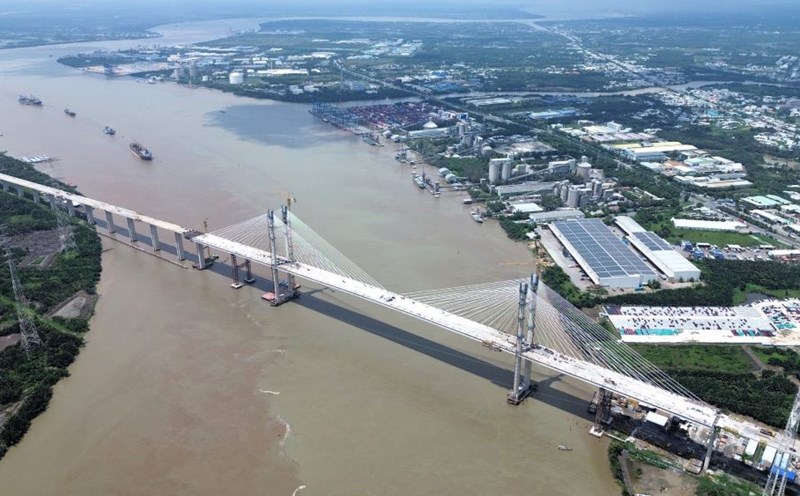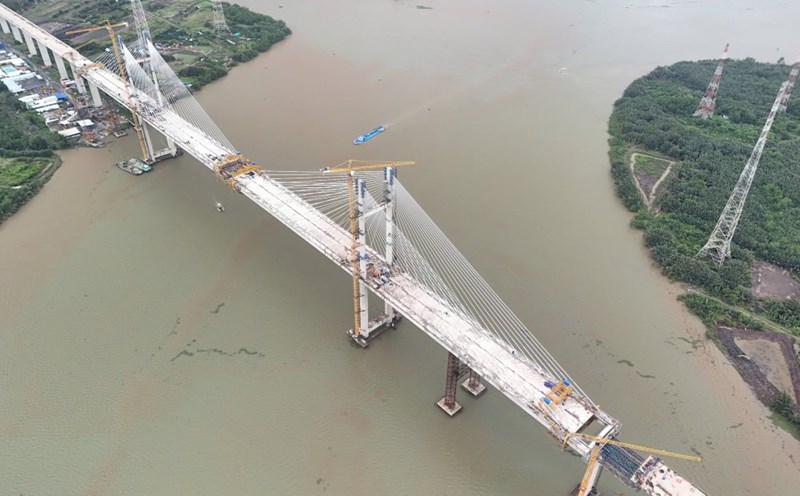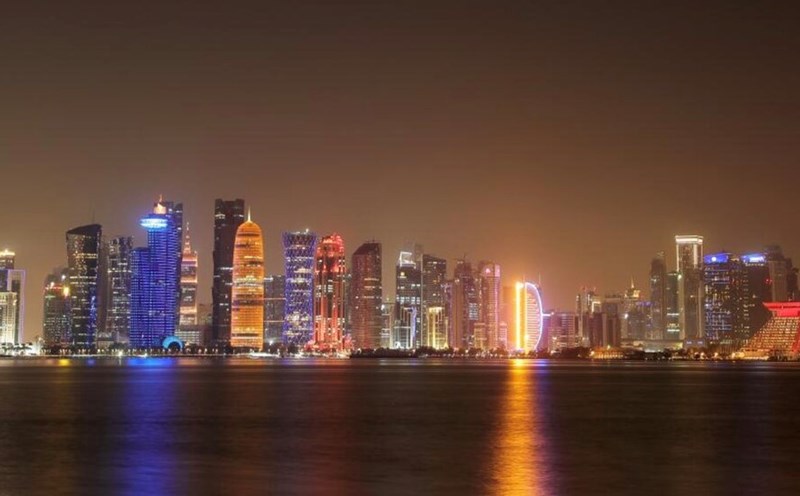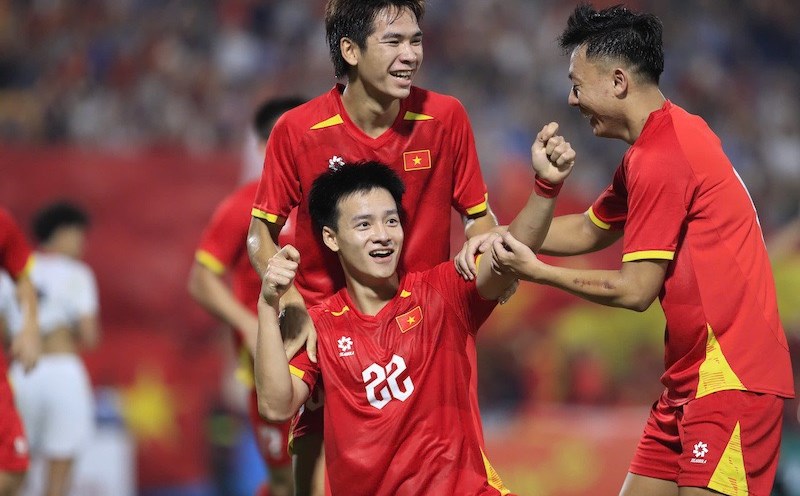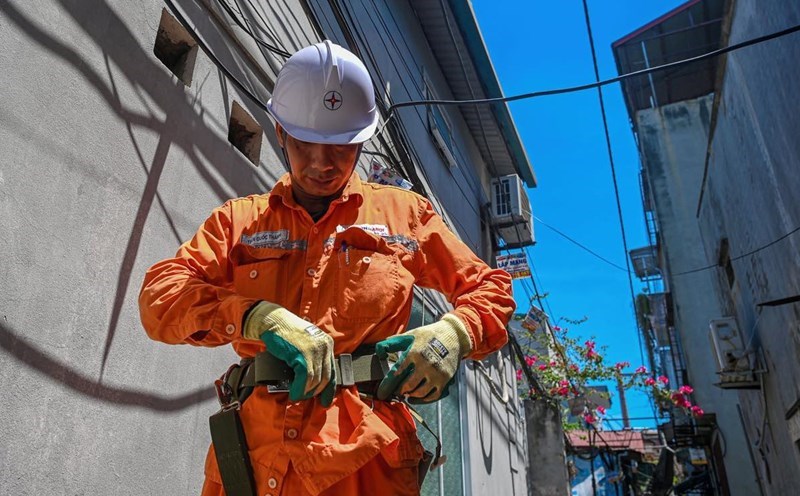These days, at the Phuoc Khanh bridge construction site across the Long Tau River, hundreds of engineers and workers are working urgently, machinery is operating day and night. The first tangled cables were stretched at pillars P15 (Can Gio side) and P16 (Nhon Trach side), marking an important step forward for the project.
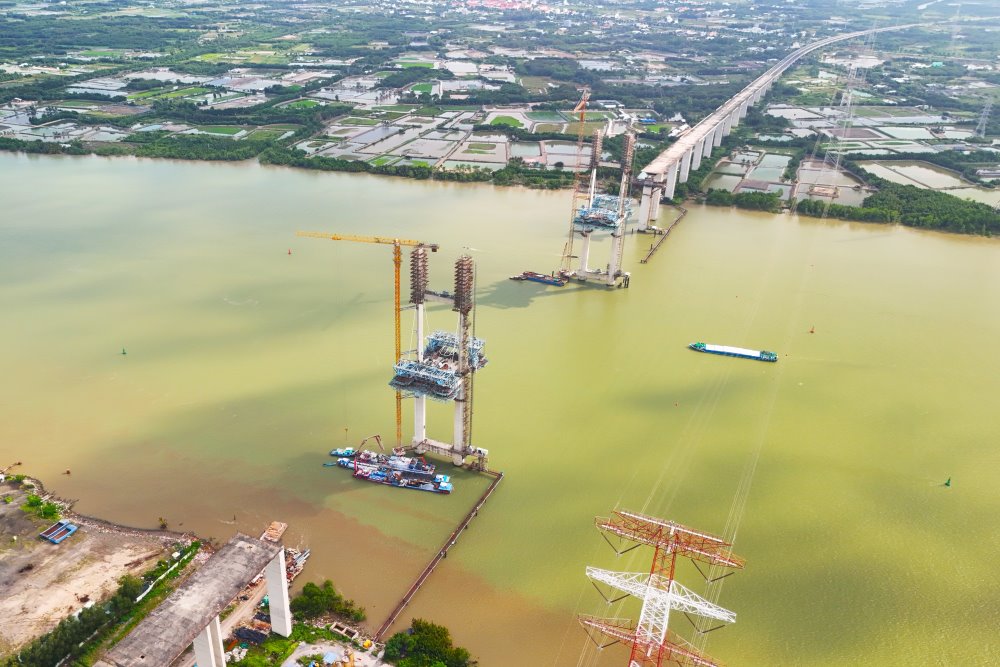
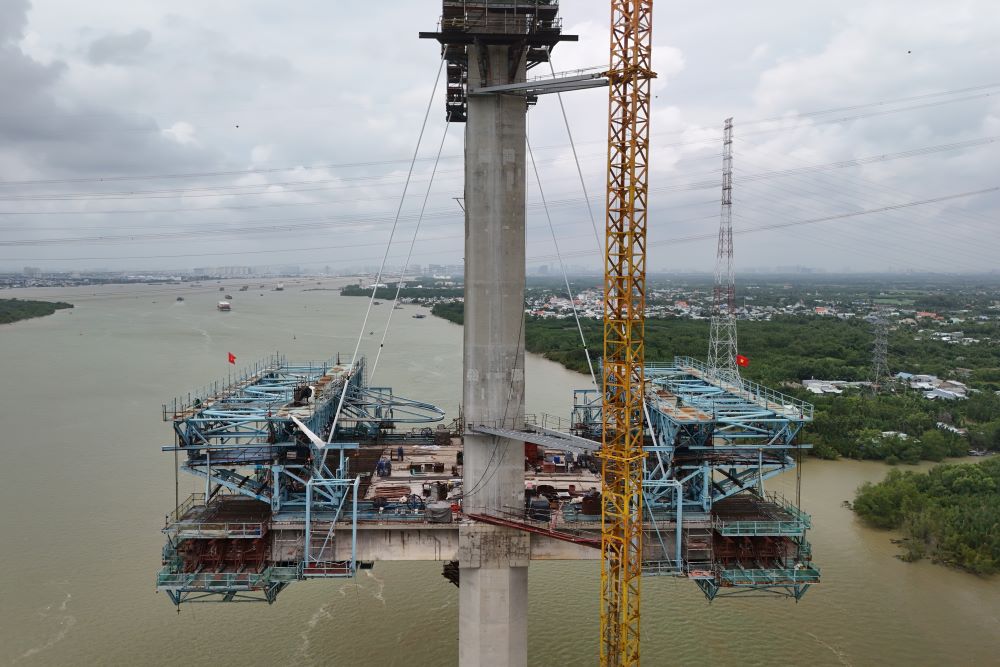
At Nhon Trach shore, teams installed steel piles, prepared concrete pumps for the bridge deck and burned girders. Right at the foot of the bridge, the waterway concrete pumping station is operating continuously, bringing the concrete flow to an altitude of hundreds of meters. On both sides of the river, dozens of bridge piers have been basically completed, many sections are waiting for asphalt paving, installing railings, lighting and drainage systems.
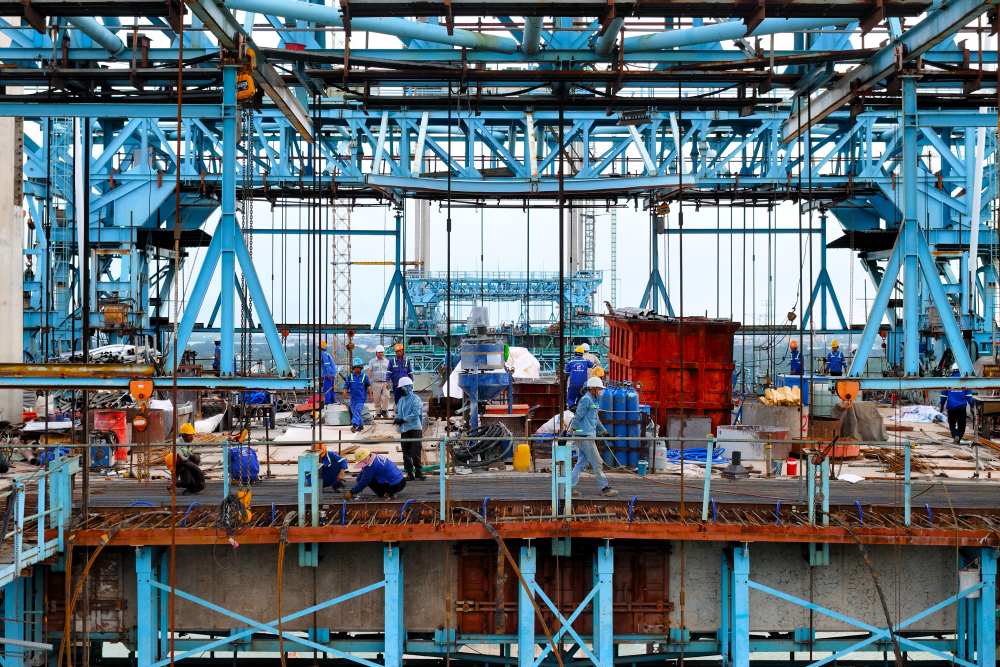
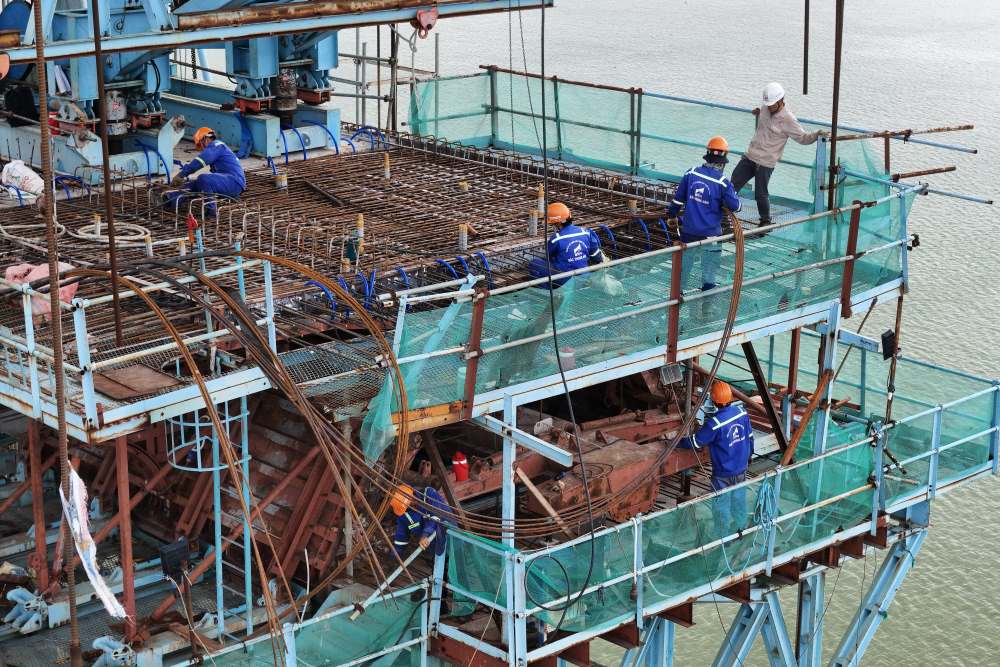

The J3-1 package is undertaken by the joint venture of North-South Infrastructure Construction Joint Stock Company - Freyssinet Vietnam Co., Ltd., with a contract value of more than VND 635 billion and a construction period of 450 days. The main items include the main girder, bridge deck, cable car system, asphalt concrete, railings, median strip and lighting system.
Previously, the Phuoc Khanh bridge construction package was signed by VEC with the Sumitomo Mitsui - Cienco 4 consortium in 2016, but had to stop from 2020 when it had reached over 80% of the volume due to capital problems. After that, the new project was restarted in May 2023.
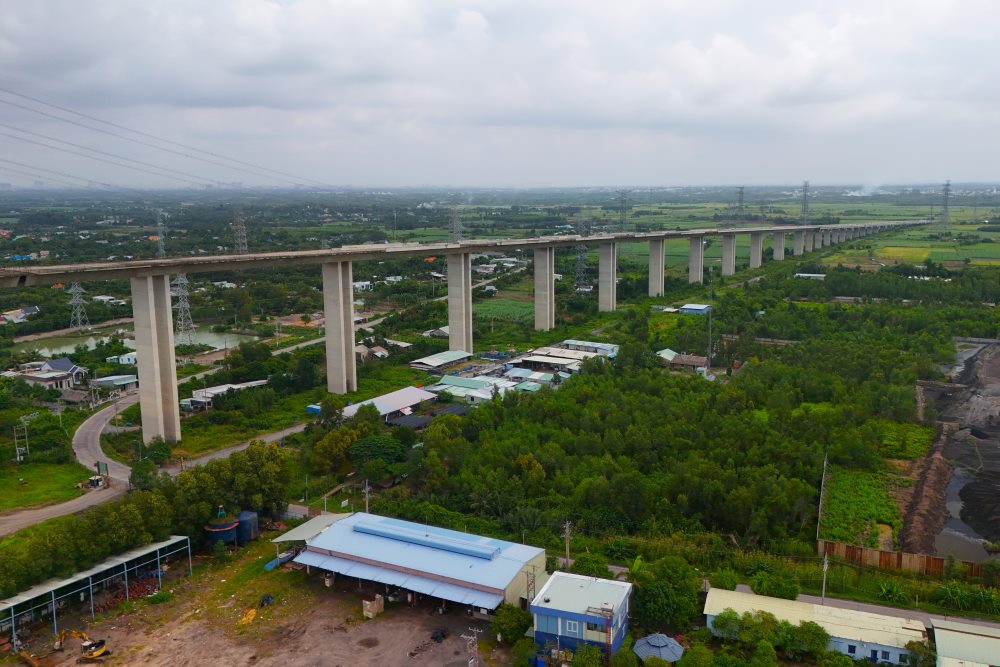
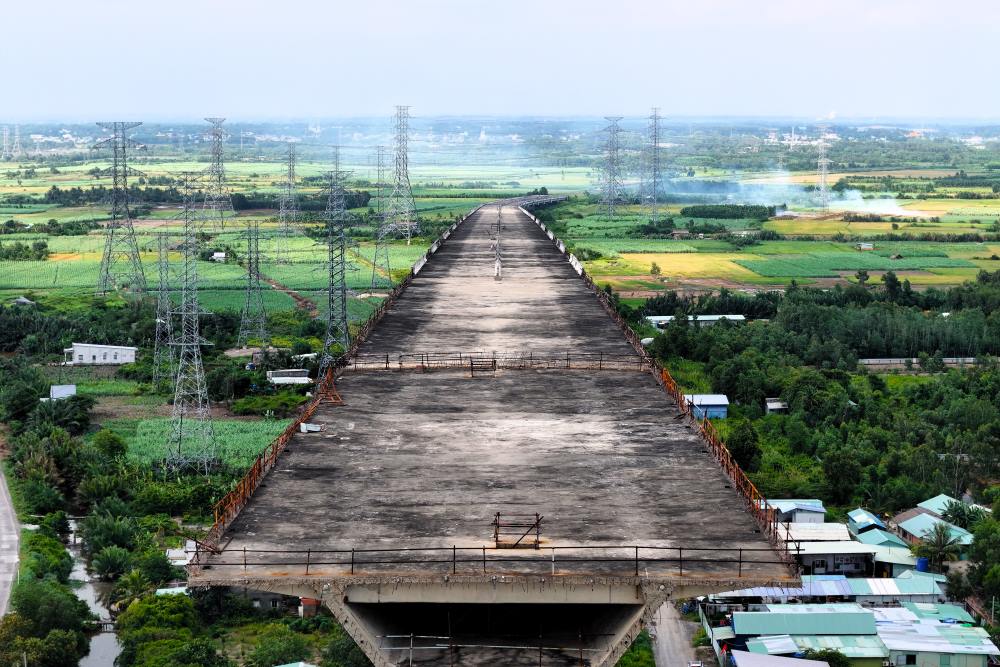
Phuoc Khanh Bridge is more than 3 km long, nearly 22 m wide, designed with a cable-stayed approach, with an clearance of 55 m - the highest among cable-stayed bridges in Vietnam. This is one of the two largest bridges on the Ben Luc - Long Thanh Expressway, connecting Can Gio (HCMC) and Nhon Trach (Dong Nai).
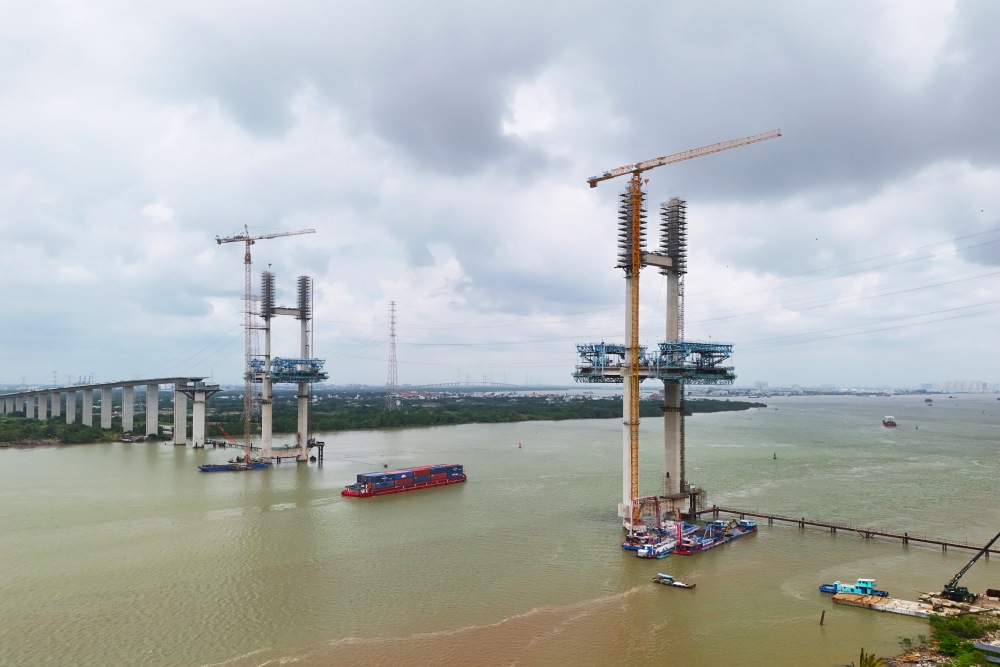
The acceleration of the progress of Phuoc Khanh bridge along with the official completion of Binh Khanh bridge and successful load testing are key steps to connect the entire nearly 58 km long Ben Luc - Long Thanh expressway. When completed in 2026, the 4-lane route, with a maximum speed of 100 km/h, will become a strategic traffic axis, connecting the East - Southwest, reducing traffic pressure for Ho Chi Minh City and creating momentum for socio-economic development for the whole region.
